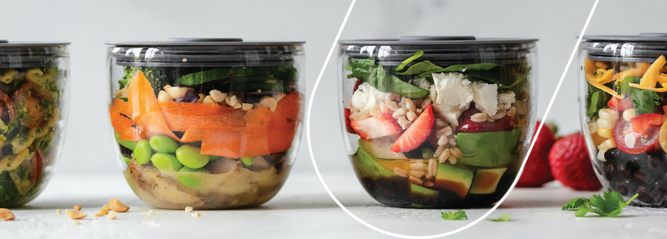Meal Planning and Diabetes
The relationship between nutrition and diabetes is an important one. Which is why structure, diet, and healthy eating are necessary.
You know how to count your carbohydrates. And, you know that healthy eating decisions are a must. But, how do you take that knowledge and put it into action?
Try meal planning.



